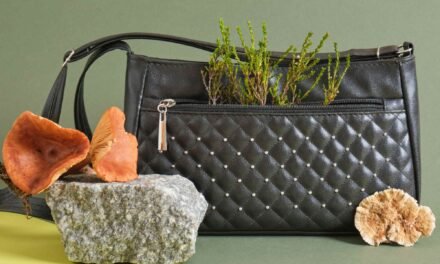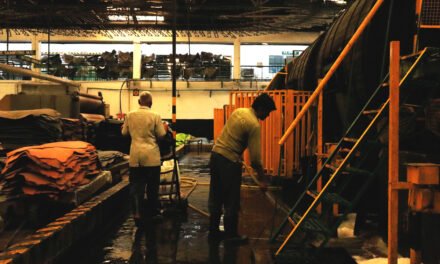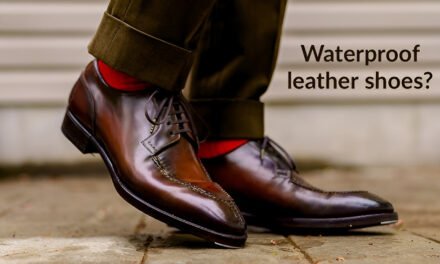R&D plays a crucial role in improving the durability and performance of leather products. Here’s how:
1. Advanced Tanning Techniques:
- Metal-free Tanning: Research is focused on developing metal-free tanning processes that eliminate the use of chromium, a heavy metal that can have environmental and health implications. These processes often utilize natural tannins from plant extracts, enzymes, or other eco-friendly agents.
- Improved Chrome Tanning: For chrome-tanned leathers, research aims to optimize tanning processes to ensure complete chromium fixation, reducing the risk of chromium migration and improving the overall quality and durability of the leather.
2. Enhanced Finishing Treatments:
- Durable Finishes: R&D is focused on developing innovative finishing treatments that enhance the durability and performance of leather products. This includes treatments that improve water resistance, abrasion resistance, and resistance to stains, scuffs, and scratches.
- Hydrophobic and Oleophobic Finishes: These finishes repel water and oil, making the leather more resistant to stains and easier to clean.
- Antimicrobial Finishes: Antimicrobial finishes can help prevent the growth of bacteria and mold, improving the hygiene and longevity of leather products.
3. Nanotechnology Applications:
- Nanoparticle Coatings: Applying nanoparticles to leather can enhance its properties, such as abrasion resistance, water resistance, and antimicrobial properties.
- Nanostructured Surfaces: Creating nanostructured surfaces on leather can improve its durability, breathability, and aesthetic appeal.
4. Material Science Innovations:
- Blending Techniques: Research is exploring the use of blending techniques to combine leather with other materials, such as synthetic fibers or polymers, to create hybrid materials with enhanced performance properties.
- Biomimetics: Researchers are studying the properties of natural materials, such as animal skin and insect exoskeletons, to develop bio-inspired materials with enhanced durability and performance.
5. Quality Control and Testing:
- Advanced Testing Methods: R&D is focused on developing and implementing advanced testing methods to evaluate the durability and performance of leather products under various conditions. This allows manufacturers to identify areas for improvement and ensure that products meet the highest quality standards.
By investing in R&D, the leather industry can continue to innovate and develop high-quality, durable, and long-lasting products that meet the evolving needs and expectations of consumers.







